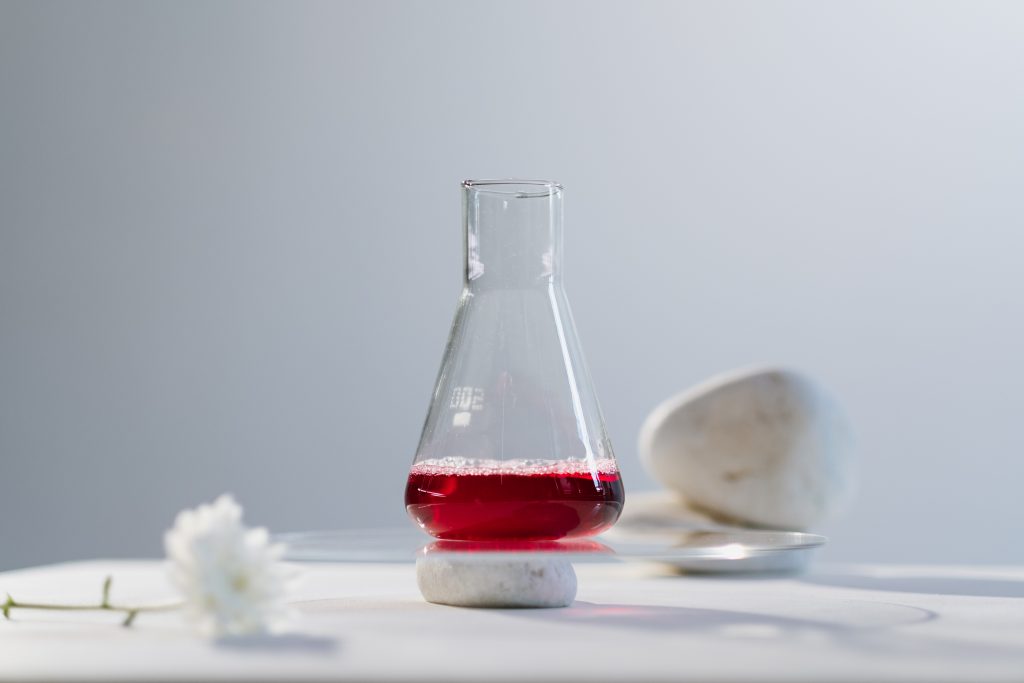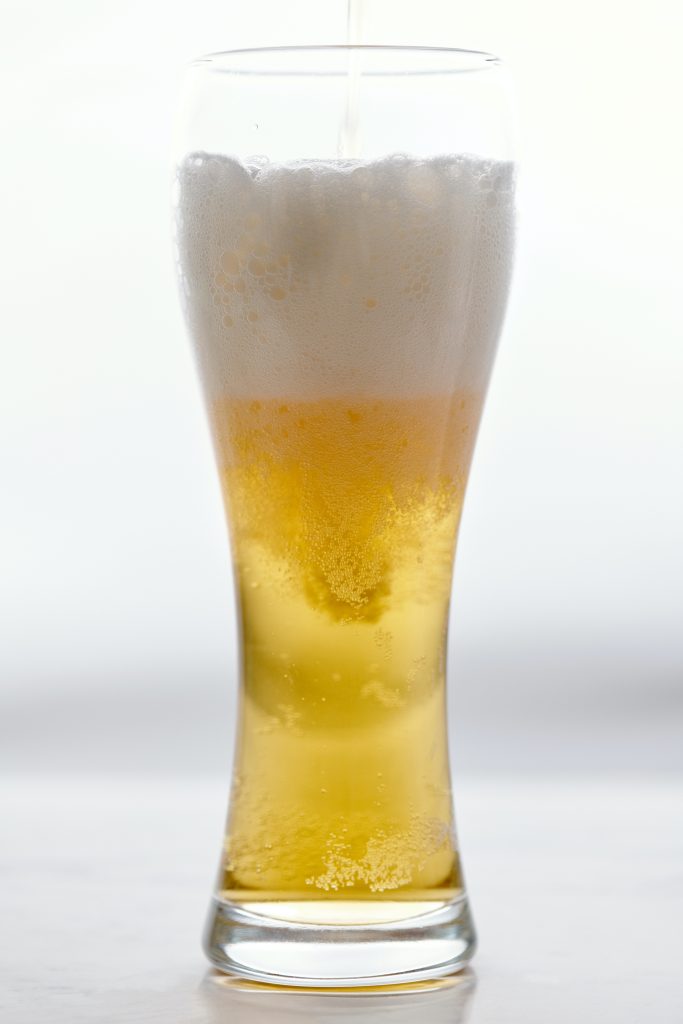
A defoamer, also known as an anti foaming agent, is a chemical additive that is added to liquids in order to prevent the formation of foam in the said industrial liquids. While the two terms are interchangeable, a very huge distinction exists. Defoamers eliminate existing foams altogether and an anti foaming agent prevents the formation of further foam. The additive is generally added to prevent the formation of foam or is added to break up the existing foam.
It may seem harmless, but foam can cause serious problems in industrial processes. They can cause defects on the surface coatings and prevent the efficient filling of containers.
When a defoamer is exposed to a foam surface, it has to be insoluble. It also has to have active surface properties. Defoamers generally have low viscosity. They also have the ability to spread rapidly on foamy surfaces. It has an affinity to air-liquid surfaces when it destabilizes the foamy surface. This leads to the air bubbles rupturing and brings about the breakdown of surface foam. This allows for the heavier air bubbles to rise to the surface of the liquid and dissipate.
Defoamers come in a number of forms.
- Powder.
Powder defoamers are oil based defoamers. These are present on the particulate carrier like silica. These are added to powdered products are cement, plaster, and detergents.
- Water Based Defoamers.
Water based defoamers are oils and waxes that disperse when exposed to a water based surface. The oils are always vegetable oils and mineral oils. The waxes are long chain fatty alcohol, fatty acid soaps, and ethers. These are normally used to de-air the foams.
- Silicon Based Defoamers.
Silicone defoamers are polymers with silicon backbones. Silicon based defoamers are very unique because they can be delivered in the form of oils and water based emulsions. Emulsifiers are added to make sure that the silicon spreads evenly and quickly and thoroughly throughout the foam. These defoamers are heavy duty in nature and good at knocking down surface foam and entrained air. Such defoamers are the best for non-aqueous foaming systems like crude oil and oil refining.
Causes of foam generation and entrained air.
- Leaky seals on pumps.
- High pressure pumps.
- Poor system design,
- Pressure release.
Causes of foam generation and entrained air in coolant liquids.
- Reduction of pump efficiency.
- Reduced capacity of pumps and storage tanks.
- Bacterial growth.
- Dirt flotation.
- Deposit formation.
- Reduced effectiveness of the fluid solution.
- Eventual downtime to clean tanks.
- Drainage problem in sieves and filters.
- Formation problems.

Applications of defoamers include,
- Detergents.
Anti-foams are added in certain detergents to reduce foaming. This is done in order to maintain the strength of the detergents.
- Food.
When used as an ingredient in food, it prevents effervescence in preparation and service. The agents are included in a variety of foods.
- Industrial Production.
Defoamers are used in many industrial processes and products. Some of these industrial products are wood pulp, paper, and paint. Some of its uses in terms of industrial processes are industrial wastewater treatment, food processing, and oil drilling.
3D Resources is a reliable firm that provides defoamers in Malaysia.
